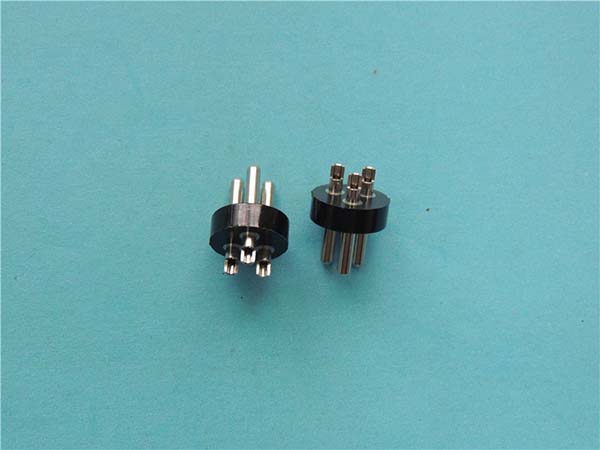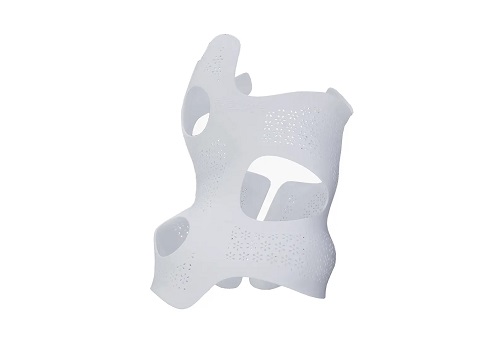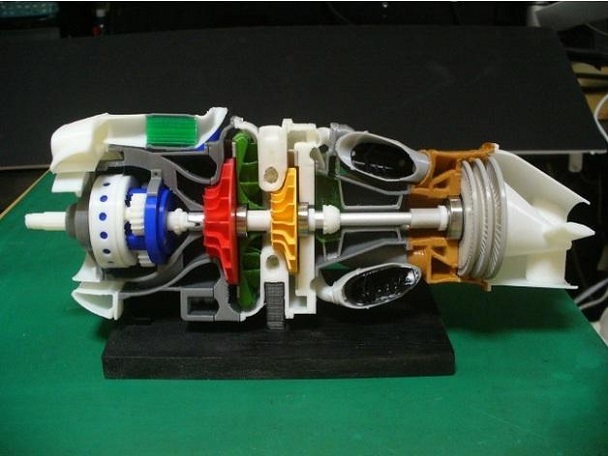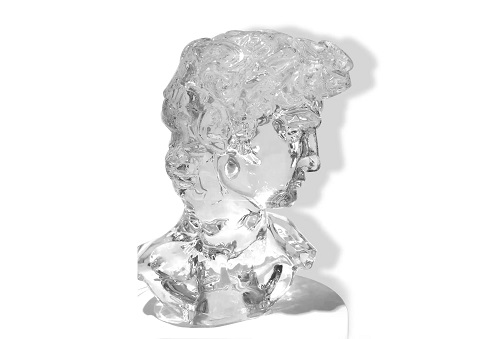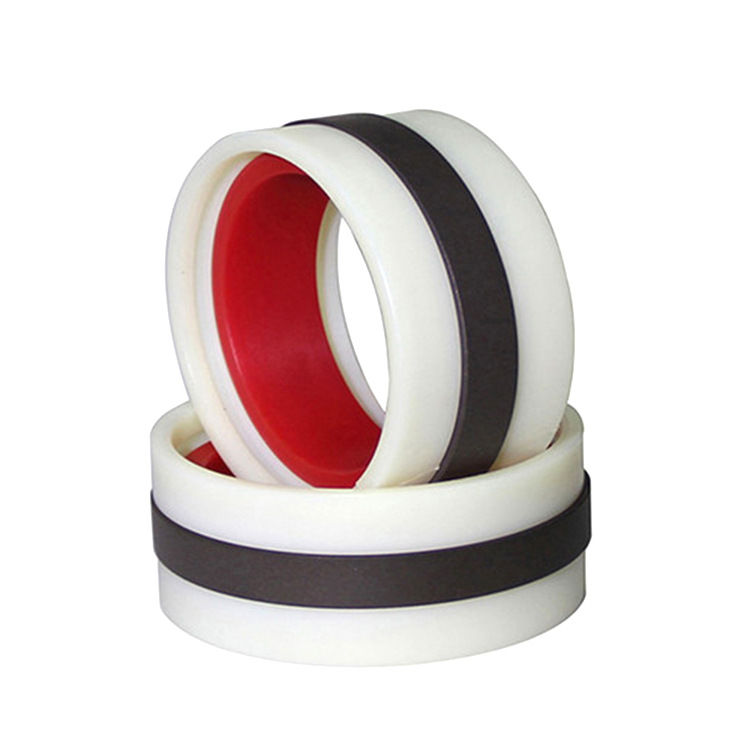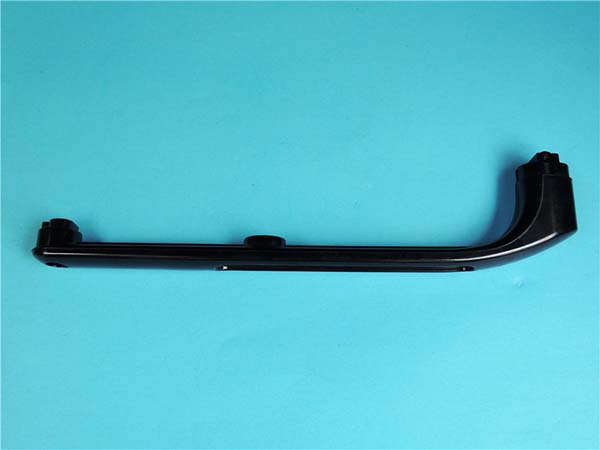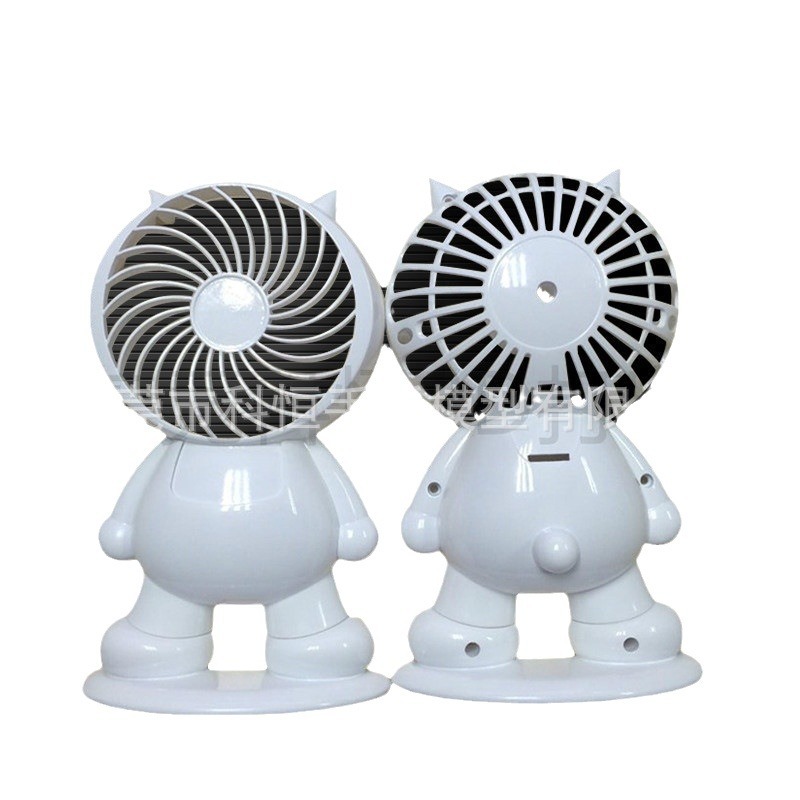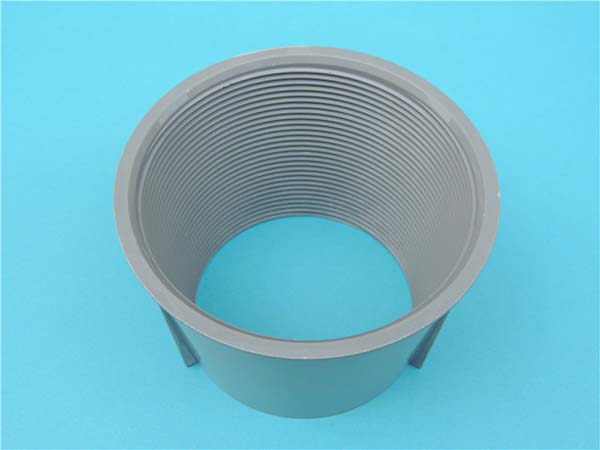What Exactly is Aerial Additive Manufacturing?
Aerial Additive Manufacturing, often abbreviated as Aerial AM, is a revolutionary technology that combines the concepts of 3D printing and aerial robotics. It involves using unmanned aerial vehicles (UAVs), more commonly known as drones, to deposit materials in a layer - by - layer manner to create three - dimensional structures [^1^][^3^].
This innovative approach breaks away from the limitations of traditional 3D printing, which is usually confined to a stationary printer on the ground. With Aerial Additive Manufacturing, the printing process can take place in areas that are difficult to access with conventional equipment, such as high - rise buildings, remote locations, or uneven terrains.
For example, imagine constructing a small shelter on a disaster - stricken island. Traditional construction methods would require transporting heavy equipment and materials to the site, which could be time - consuming and costly. However, with Aerial Additive Manufacturing, a fleet of drones could be deployed to carry the necessary building materials and print the shelter on - site, significantly reducing the time and resources needed.
The basic process of Aerial Additive Manufacturing starts with a digital 3D model of the desired structure. This model is then sliced into multiple layers, and the drone follows a pre - programmed path to deposit the building material, which could be a type of resin, concrete, or even a specialized composite material, layer by layer until the final structure is complete.
Real - World Applications
Disaster Relief
In the aftermath of natural disasters such as earthquakes, hurricanes, or tsunamis, aerial additive manufacturing can play a crucial role. For example, after an earthquake in a remote area, traditional construction methods may be hampered by damaged infrastructure, making it difficult to transport building materials and heavy machinery. Aerial AM can step in to build emergency shelters. Drones can be quickly dispatched to the disaster - stricken area, carrying lightweight but strong composite materials. These drones can print simple yet sturdy shelters in a matter of hours.
According to a study by the Institute of Disaster Management, in a simulated earthquake scenario, aerial additive manufacturing reduced the time to provide emergency shelter by 70% compared to traditional construction methods. In addition, the cost was also significantly lower, as there was no need for expensive transportation and large - scale equipment deployment. This technology can also be used to repair damaged buildings. Drones can deposit materials to fill in cracks and reinforce weakened structures, helping to prevent further collapse and ensure the safety of survivors.
Remote Construction
Remote areas often pose challenges for construction projects. Take an island in the middle of the ocean or a mountainous region with difficult terrain as examples. Building a communication tower in such a place using traditional methods can be extremely costly and time - consuming. With aerial additive manufacturing, the process becomes much more feasible. A team of drones can be programmed to fly to the location and construct the tower layer by layer. They can work in parallel, reducing the overall construction time.
In a project in the Scottish Highlands, where building a small research station was planned, aerial AM was considered. The terrain was so rugged that traditional construction equipment could not reach the site easily. By using aerial AM, the estimated construction time was cut from 6 months (using traditional methods) to just 2 months. This not only saved time but also reduced the environmental impact as fewer vehicles and heavy machinery needed to be brought into the sensitive natural area.
Yigu Technology's Perspective
As a non - standard plastic metal products custom supplier, Yigu Technology sees great potential in aerial additive manufacturing. This technology is revolutionizing construction methods, especially in hard - to - reach areas. It offers more flexibility in construction, allowing for on - site production, which reduces transportation costs and time. For instance, in remote construction projects, Yigu Technology believes that aerial AM can be a game - changer.
However, Yigu Technology also acknowledges that there are challenges. The development of suitable materials for aerial AM, especially non - standard plastic and metal - based ones, is still in its early stages. There is a need for more research to ensure the materials can be easily extruded by drones and still maintain the required strength and durability. Additionally, better integration of drone technology with 3D printing software is essential to improve the precision and efficiency of the printing process. Yigu Technology looks forward to collaborating with the industry to overcome these challenges and further explore the possibilities of aerial additive manufacturing.
FAQs
What are the main applications of aerial additive manufacturing?
Aerial additive manufacturing has diverse applications. In disaster relief, it can quickly build emergency shelters and repair damaged structures in hard - to - reach disaster - stricken areas. For example, after a typhoon in a coastal area, drones can print temporary housing within 24 hours, which is much faster than traditional construction methods. In remote construction, such as building a research station in the Antarctic, aerial AM can overcome transportation difficulties and construct structures with less environmental impact. It is also being explored for applications in infrastructure maintenance, like repairing bridges and tall buildings without the need for large - scale scaffolding.
How does aerial additive manufacturing compare with traditional manufacturing methods?
In terms of accessibility, aerial additive manufacturing can reach areas that traditional methods cannot, such as high - altitude or isolated locations. For example, building a lighthouse on a small, rocky island. Traditional construction would require complex transportation of materials and equipment, while aerial AM can be directly carried out by drones. In terms of flexibility, aerial AM allows for on - site customization based on the specific terrain and requirements, which is more rigid in traditional manufacturing. Cost - wise, for small - scale projects in remote areas, aerial AM can be more cost - effective as it reduces transportation and equipment - deployment costs. However, for large - scale mass production, traditional manufacturing methods may still have an edge in terms of overall cost due to economies of scale.
What are the future development trends of aerial additive manufacturing?
In the future, there will be significant technological breakthroughs. Drones will have longer flight times and higher payload capacities, enabling them to carry more materials and work for longer periods. Material innovation is also on the horizon. New composite materials specifically designed for aerial AM will be developed, with better strength - to - weight ratios and printability. In terms of application expansion, aerial AM may be used in space exploration for building habitats on the moon or Mars. It may also become more integrated with other construction technologies, such as being used in combination with ground - based 3D printers to create more complex and large - scale structures.
